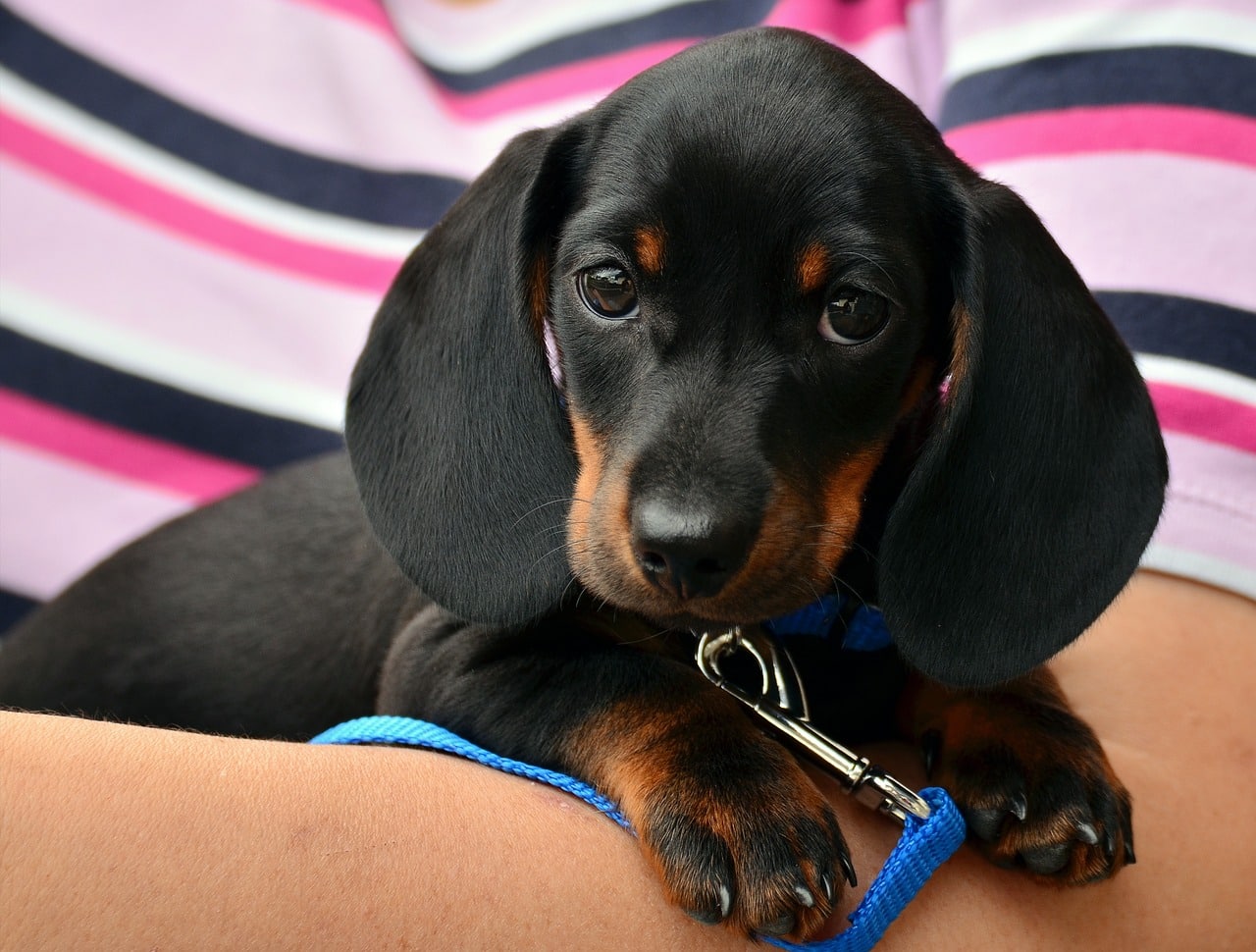What’s the Best Approach to Socializing a Fearful Dog?

Socializing a fearful dog can be a significant challenge for many pet owners. Dog behavior is not always predictable – some dogs are outgoing and love to meet new people and animals, while others are shy and take a long time to get comfortable with strangers. If you’ve just brought home a new puppy or if your older dog is suddenly showing signs of fear around others, don’t worry. There are a number of techniques you can use to help socialize your pooch and help them feel more at ease around others. In this article, we’ll look at the best ways to socialize a fearful dog, using a variety of training methods, patience, and plenty of treats.
Understanding Your Dog’s Fear
Before you can successfully socialize a fearful dog, you need to understand why your pet is afraid. Fear in dogs can be a response to a variety of factors, and it’s not always easy to determine what is causing your dog’s behavior. Your dog might have had a traumatic experience in the past, such as being abused or neglected, or they might simply be shy and anxious by nature. Identifying the root cause of your dog’s fear can help you tailor your socialization tactics to their specific needs.
Lire également : How to Care for a Pet Snake During Winter?
You can consider consulting a professional dog trainer or veterinarian who will help identify the triggers for your dog’s fear and suggest appropriate strategies for overcoming these fears. Remember, every dog is different and what works for one might not work for another.
Puppy Socialization
If you’ve brought a new puppy into your home, it’s crucial to start socializing them as early as possible. Puppies are naturally curious and open to new experiences, so this is the perfect time to expose them to different people, animals, and environments.
Dans le meme genre : What Are the Best Tips for Managing Multi-Species Households Peacefully?
One of the most effective ways to socialize a puppy is to take them to a puppy training class. Here, they’ll learn to interact with other dogs and people in a controlled environment. This will help them understand that unfamiliar people and animals are not a threat.
Always remember to be patient with your puppy. They may be hesitant or shy at first, but with time, they will learn to be comfortable around others. Reward their progress with treats and praise to reinforce positive behavior.
Socializing an Adult Dog
Socializing an adult dog is a bit more challenging than a puppy, especially if they’re already fearful or shy. However, it’s absolutely doable. The key to socializing an adult dog is to take things slow. It’s important not to overwhelm them with new experiences all at once, as this can exacerbate their fear.
Start by introducing your dog to one new person or animal at a time, in a quiet, familiar environment. This will help them associate new experiences with comfort and safety.
Try using a leash during these introductions to give your dog a sense of security. The leash can act as a ‘security blanket’, helping the dog feel more at ease.
Using Positive Reinforcement
Positive reinforcement is a training technique where you reward your dog for displaying behaviors you want to encourage. It’s a powerful tool for socializing a fearful dog, as it helps to create positive associations with new experiences.
You can use treats, praise, or toys as rewards. When your dog interacts calmly with a new person or animal, or when they enter a new environment without showing signs of fear, reward them immediately. This will help your dog understand that there’s nothing to be afraid of.
The Role of Consistency and Patience
Consistency and patience are key in socializing a fearful dog. Dogs, like people, learn through repetition. The more positive interactions your dog has with others, the more comfortable they’ll become.
But remember, progress will likely be slow. It’s essential to be patient with your dog and never force them into situations where they feel uncomfortable. With time, love, and a little bit of training, your fearful dog can become a social butterfly.
Creating a Comfortable Environment
Ensuring that your dog is comfortable is the most crucial step in socializing a fearful or shy dog. Your dog’s immediate environment plays a significant role in shaping their behavior. A peaceful and relaxed environment can help to reduce their anxiety, making them more receptive to new experiences and interactions.
When starting the process of socialization, choose a setting that is familiar to your dog. This could be your home, a nearby park your dog is familiar with, or any place they frequent. Unknown environments might cause additional stress and fear and might hinder the process of socializing.
It’s also essential to control the level of noise in your dog’s environment, as loud noises can often startle a nervous dog and trigger their fear. Avoid places with heavy traffic, construction noises, or large crowds.
Understanding your dog’s body language is also crucial in making them comfortable. Dogs communicate their feelings through their body language. A wagging tail, for instance, is usually a sign of happiness, while a stiff body and tucked tail might indicate fear or anxiety. Paying attention to your dog’s body language can give you a good idea about their comfort level and mood.
Remember, early socialization will not only help make your fearful dog more comfortable around people and other dogs but also help them become a well-adjusted adult dog.
Introducing Your Fearful Dog to New Experiences
Introducing your fearful or shy dog to new experiences could be a slow process, but it’s essential to their socialization. Start by introducing your dog to new people in a calm and controlled manner. Have the new person approach your dog slowly and let your dog make the first move. This can help your dog feel more in control and less threatened.
When introducing your dog to other dogs, it’s best to do so in a neutral environment like a dog park. Let your dog observe the other dogs from a safe distance and allow them to approach when they feel comfortable. This will help your dog learn that other dogs are not a threat.
It’s also beneficial to introduce your dog to different environments. Start with quiet places and gradually move to more bustling locations. This will help your dog get used to various sounds, smells, and sights, helping them become less fearful.
Remember, positive reinforcement can be a powerful tool during this process. Reward your dog with their favorite dog food or treat whenever they behave confidently or show signs of overcoming their fear. This will encourage them to repeat the behavior.
Conclusion
Socializing a fearful dog can be a challenging task that requires patience, consistency, and understanding. It’s important to understand your dog’s fear and take slow, gradual steps to help them overcome it. Creating a comfortable environment for your dog, understanding their body language, and introducing them to new experiences can greatly help in this process.
Remember, every dog is different, and what works for one might not work for another. It’s important to tailor your strategies to your dog’s specific needs. If your dog continues to display signs of fear despite your efforts, consulting a professional dog trainer or a veterinarian can be extremely helpful.
In the end, the goal is to help your dog become a happy, confident, and social animal. With love, patience, and positive reinforcement, your fearful dog can overcome their fear and enjoy the company of other dogs and people.
